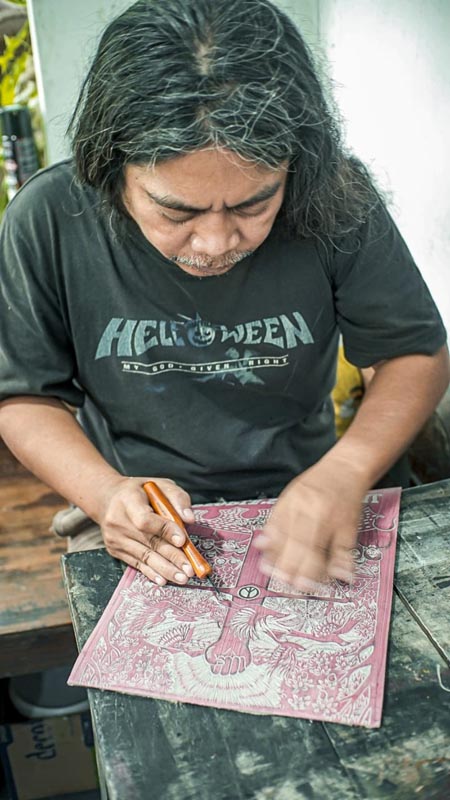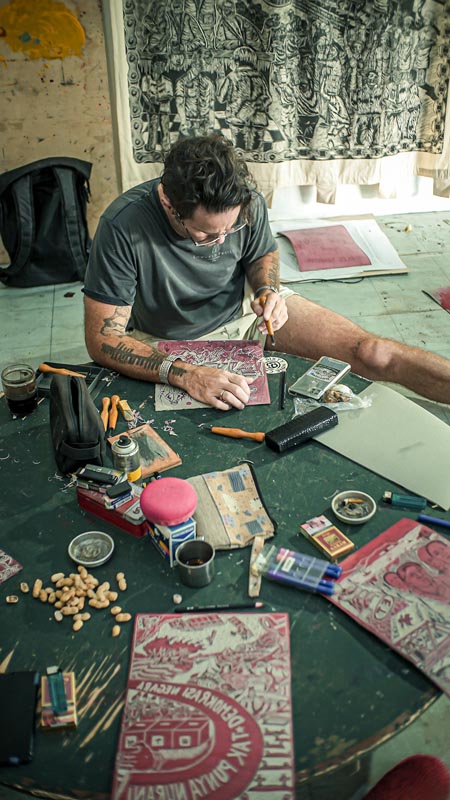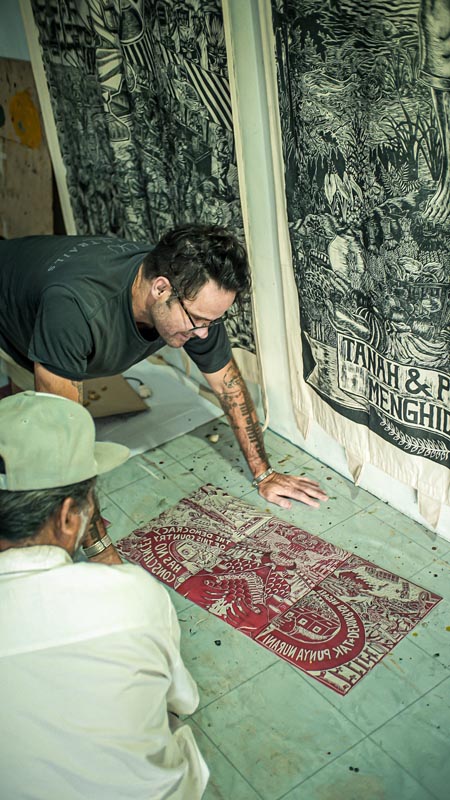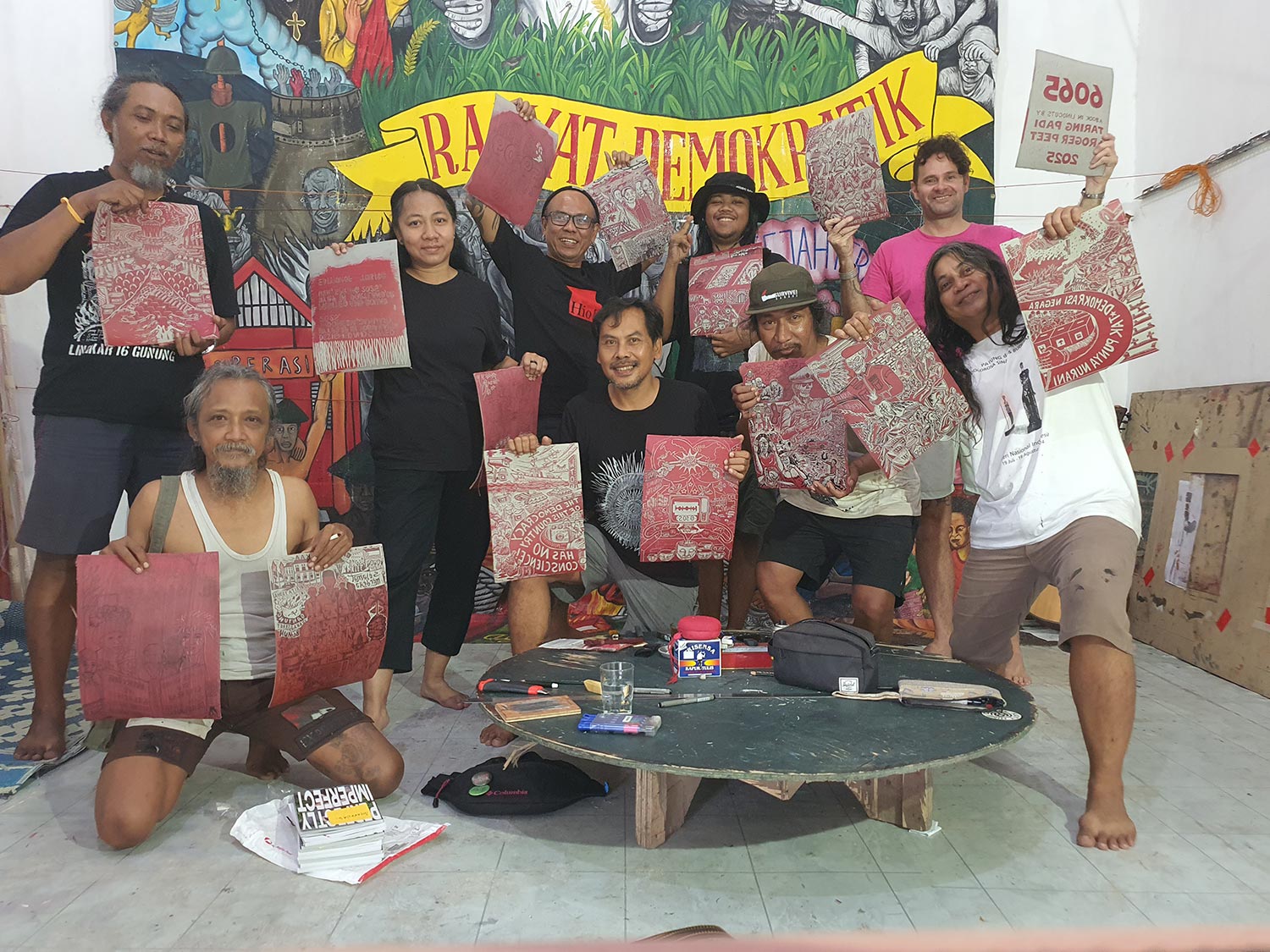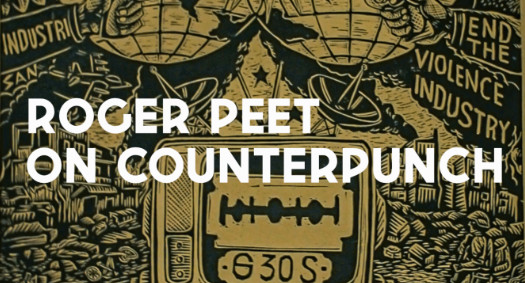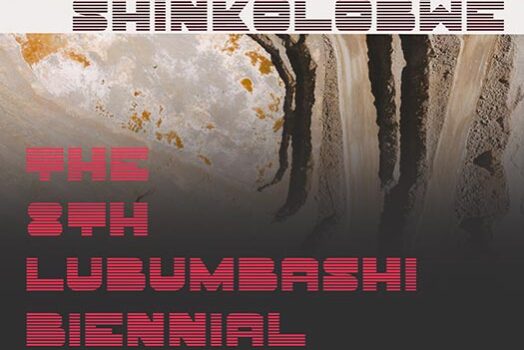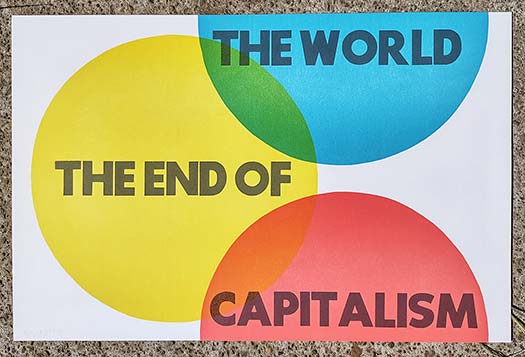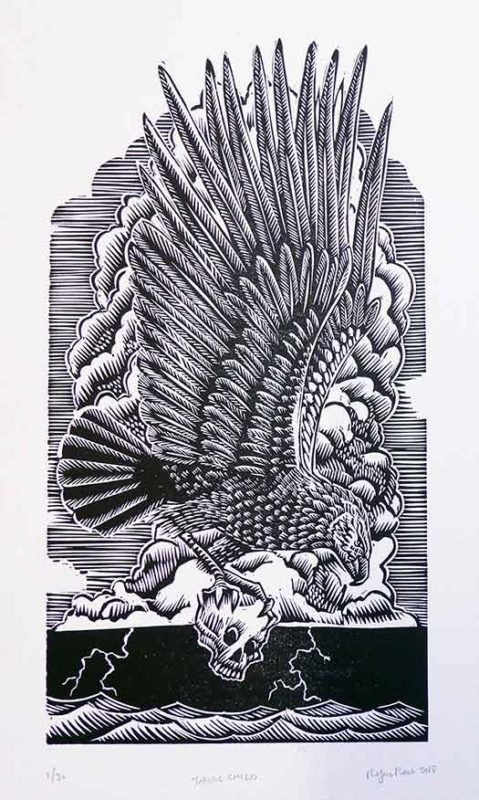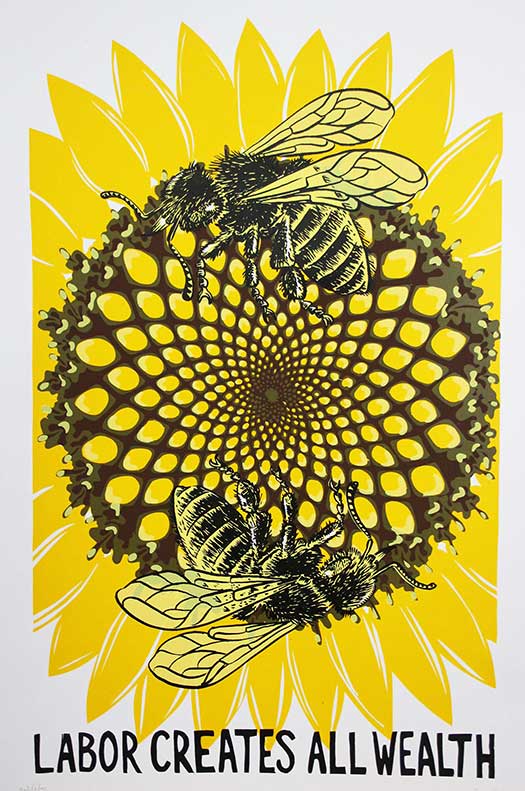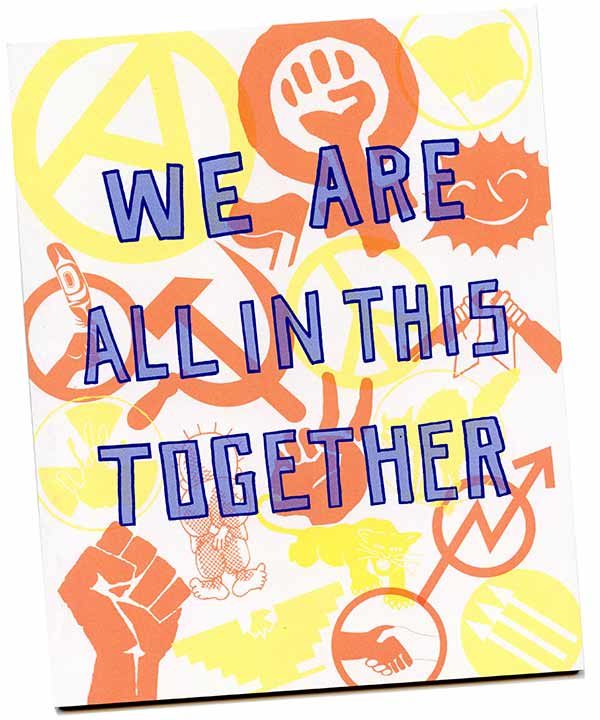I recently spent two weeks in Yogyakarta, Indonesia, collaborating with the artists of Taring Padi on a new artist book about the legacy of the political genocide of 1965. Taring Padi are a group of Indonesian artists and printmakers who played a central role in creating the visual language that represented the struggle to overthrow the Suharto dictatorship in 1998- a dictatorship that had lasted since the catastrophic genocide of communists that killed up to a million (maybe more) people 33 years previous.
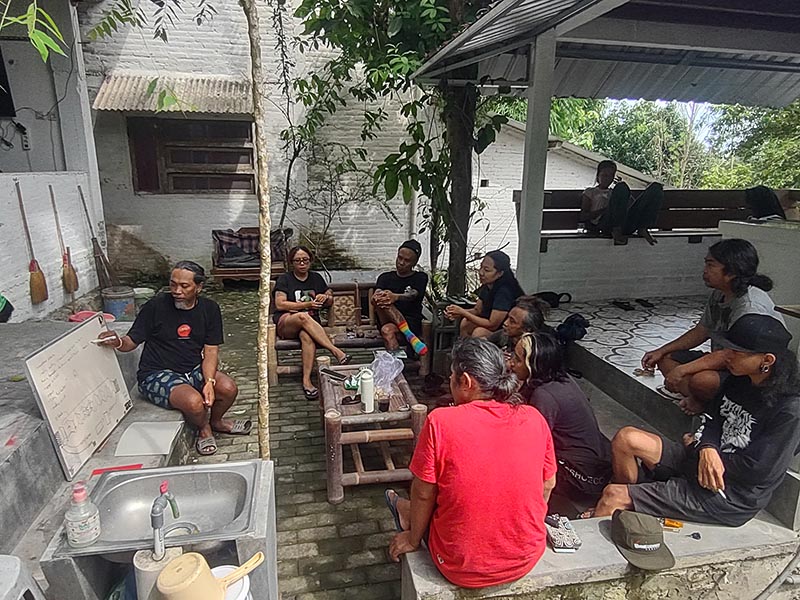
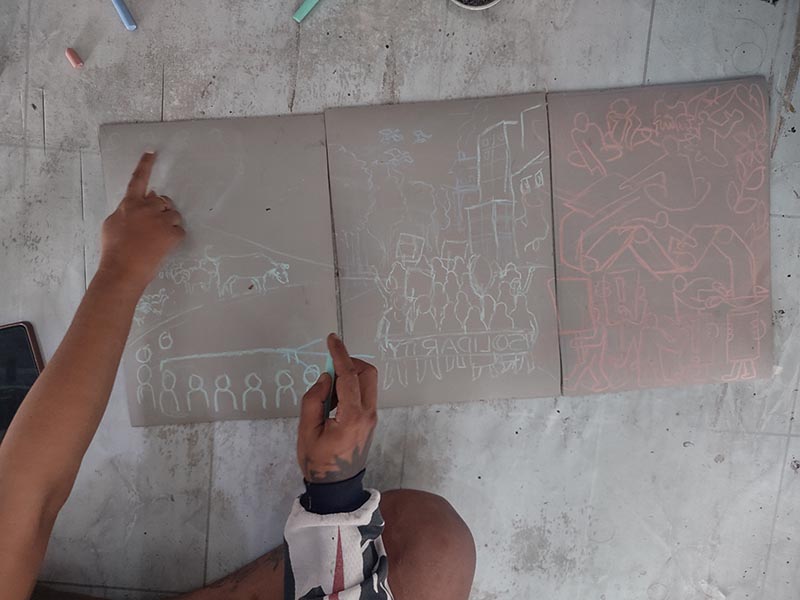
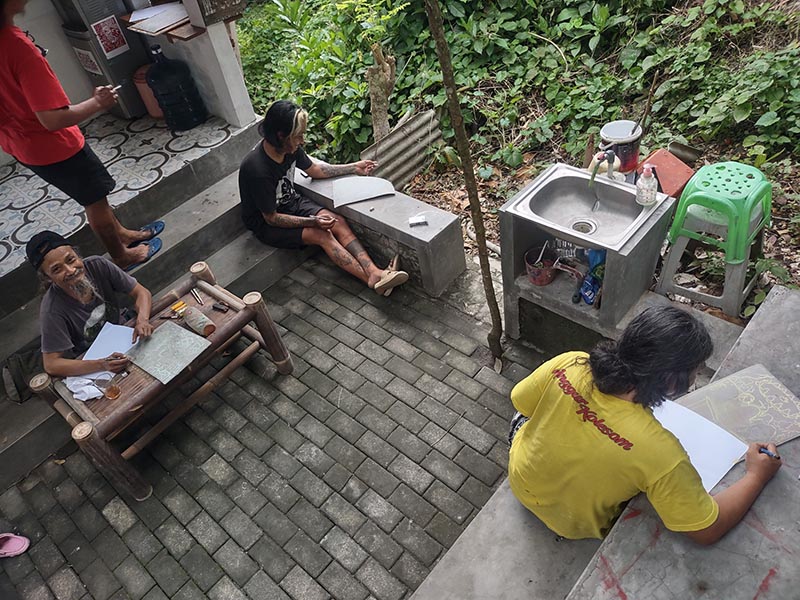
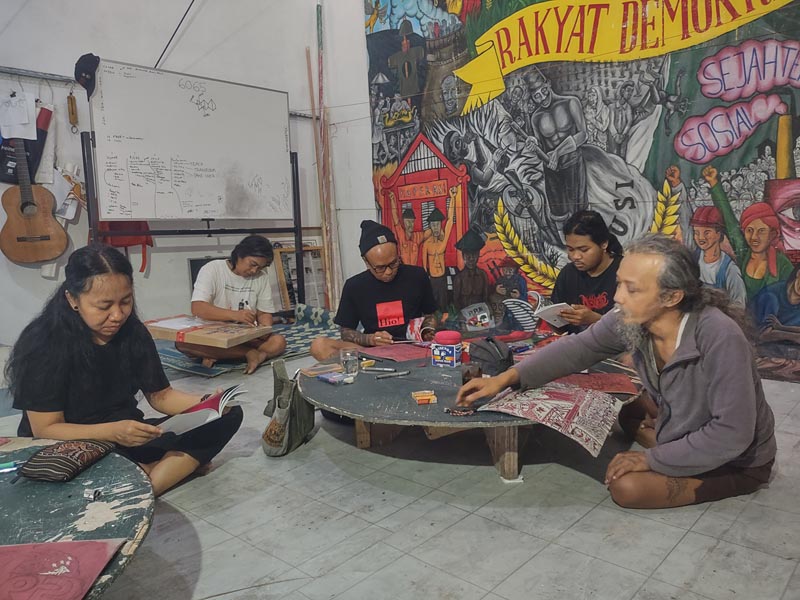
The 1965 genocide was directed by the Indonesian army at the members of the PKI, the Indonesian Communist Party, which was at the time the third largest communist party in the world, after China and the USSR. It began on flimsy pretexts after an abortive coup, but quickly gathered murderous energy and spread across the islands of Java and Bali to the rest of the archipelago. The army’s pogroms were assisted by informal paramilitaries drawn from the nation’s criminal classes, and the US diplomatic and intelligence services helped out as well, providing lists of names of suspected communists and allies as well as arms and logistical support to the rampaging armed forces.
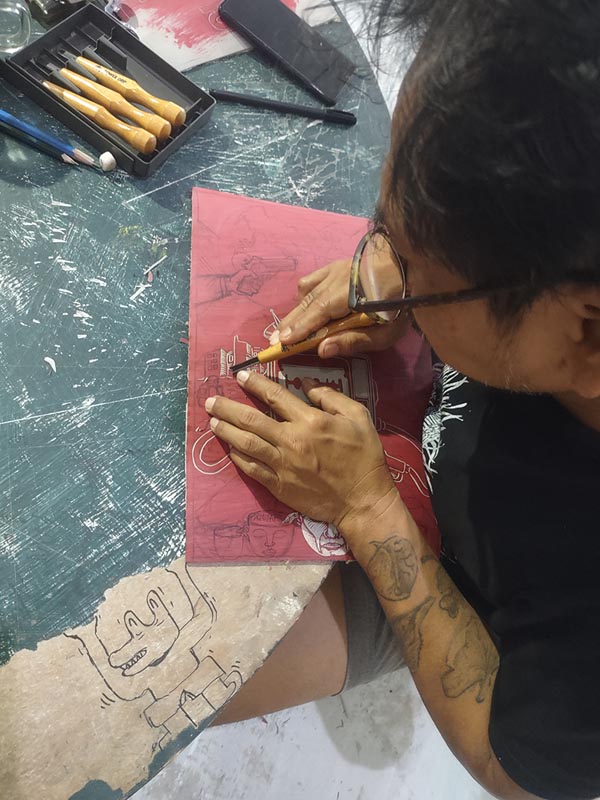
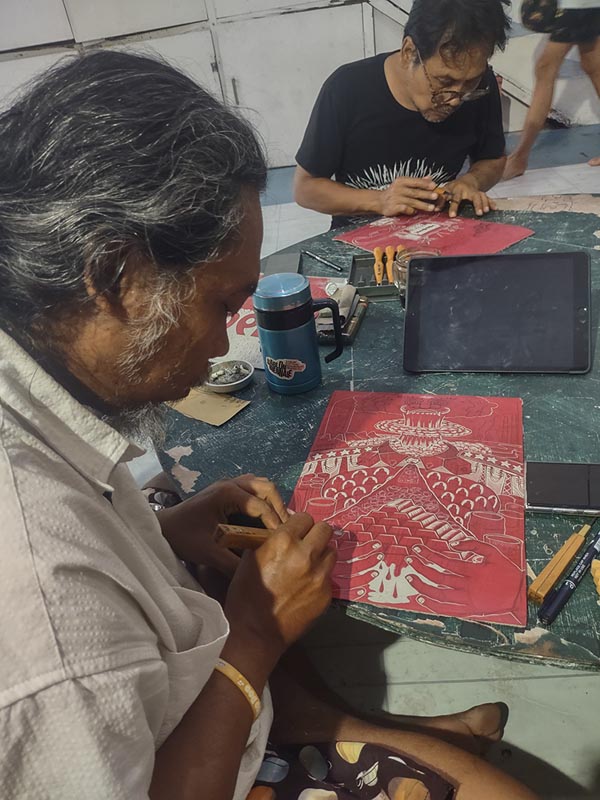
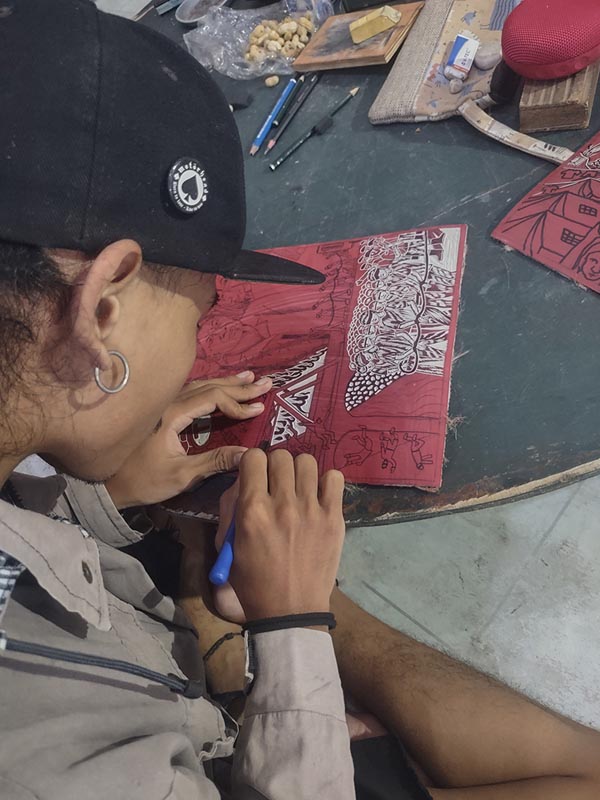
This year is the 60th anniversary of the disaster, and the project that I undertook with Taring Padi is a way to start thinking about how this dark episode has influenced, and continues to influence, the world we live in today. The example of Indonesia was used as a threat and as a model in all of the other countries that the US interfered in during subsequent decades, from Guatemala to Chile to Brazil, and it surely influenced the murderous policies of regimes like the Khmer Rouge, whose insanity was buffered by a desire not to face the same brutal fate. Beyond those consequences, however, the legacy of 1965 created an example of the kind of impunity that we see rising everywhere around us in 2025. The eradication of political enemies on flimsy pretexts, the denial of social responsibility and the annihilation of a politics of care and unity by aggravated militaristic psychopaths bent on purifying the earth.
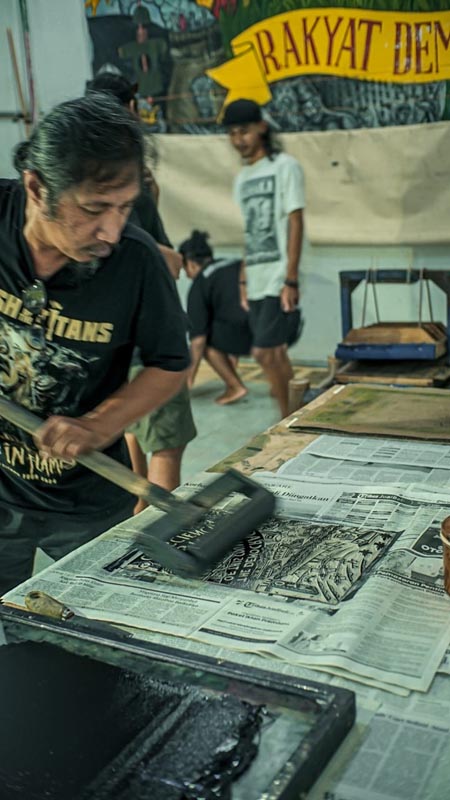
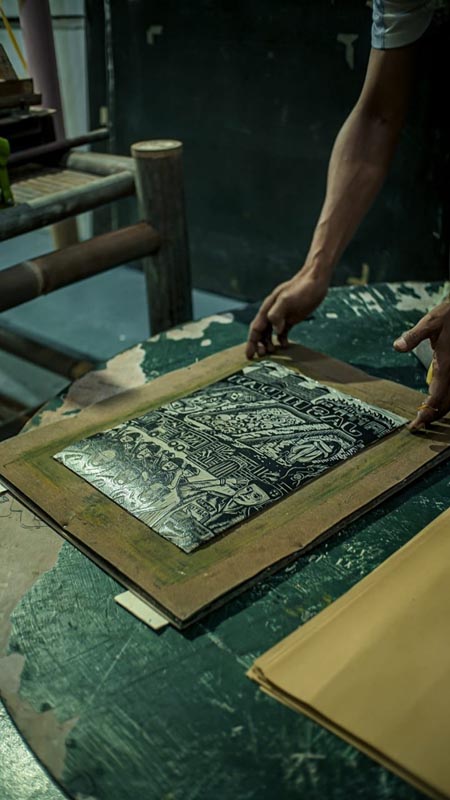
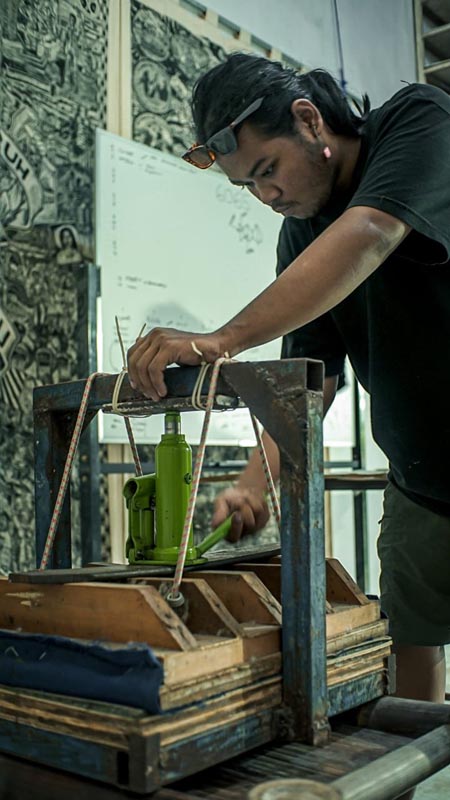
During two weeks in Yogya, the artists of Taring Padi and I discussed the structure and narrative of the book. They chose elements and figures from history to mark the progress of the disaster and to illustrate how it unfolded in both the reality and imagination of the country. We expanded from there to show how the example of 1965 has transformed the world, and then we talked about what it would look like to build a world in which something like that could never happen again. What is the mechanism of international solidarity that can make us strong enough to resist the tide of fascist murder, in a time when so many of the strongest forces on the left have been cast out, ground down, and blown away like dust?
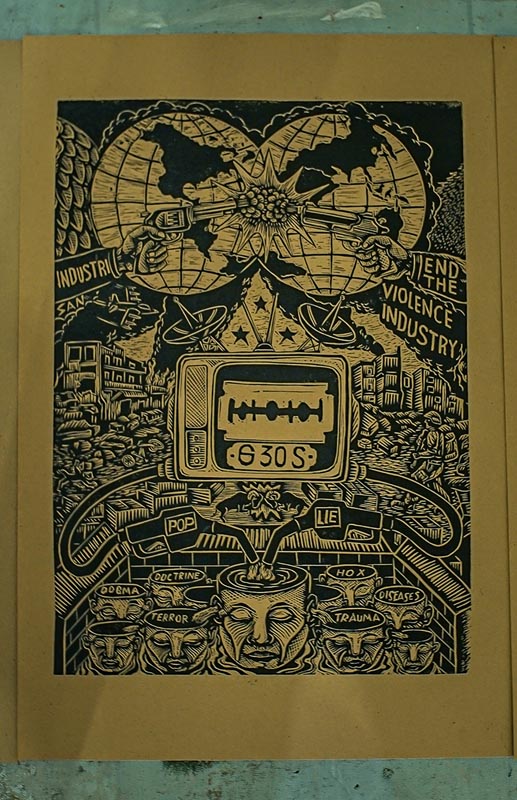
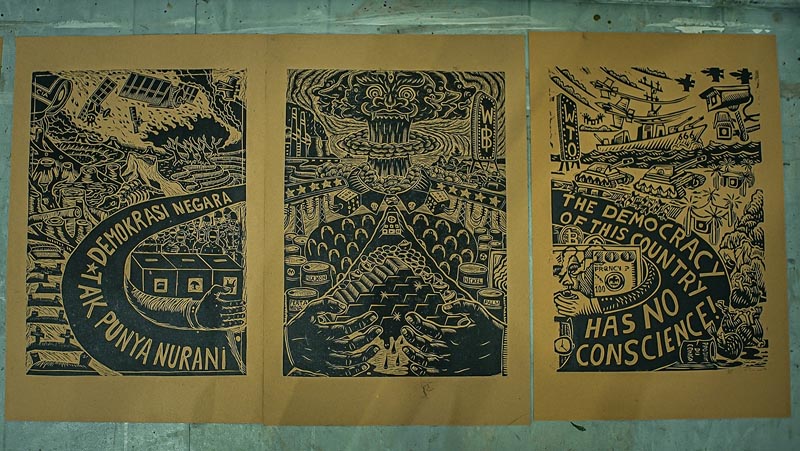
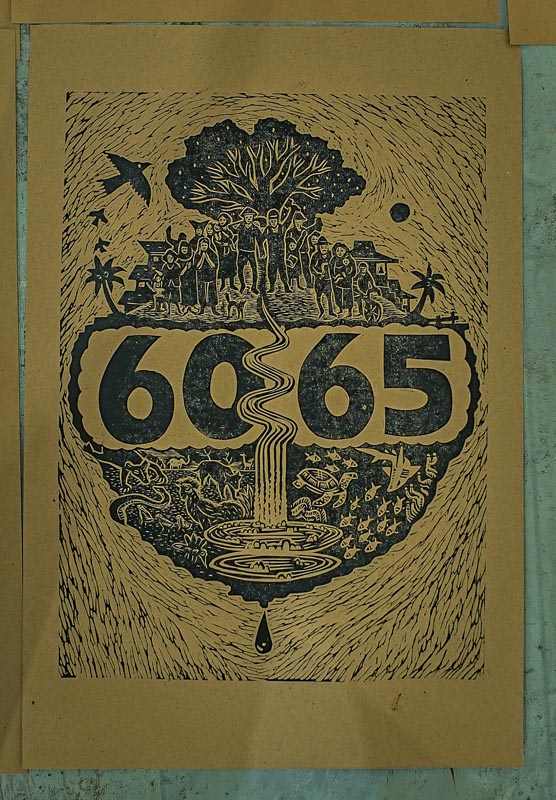
No easy answers, but the time to ask those questions and to think about how we can build a durable future is now. From Indonesia to America, from democracy to dictatorship, our fates are bound together in the gathering dark.
The blocks carved during this encounter will be letterpress-printed and bound into an artist book later this year.
